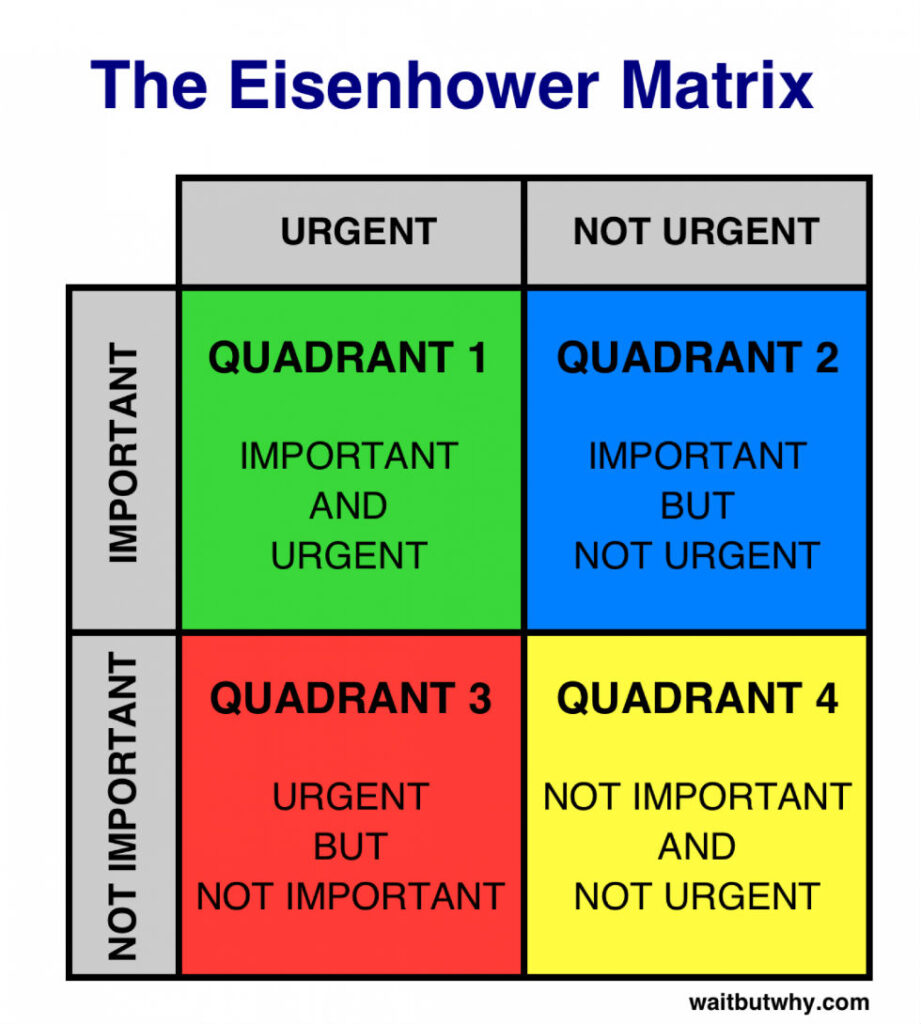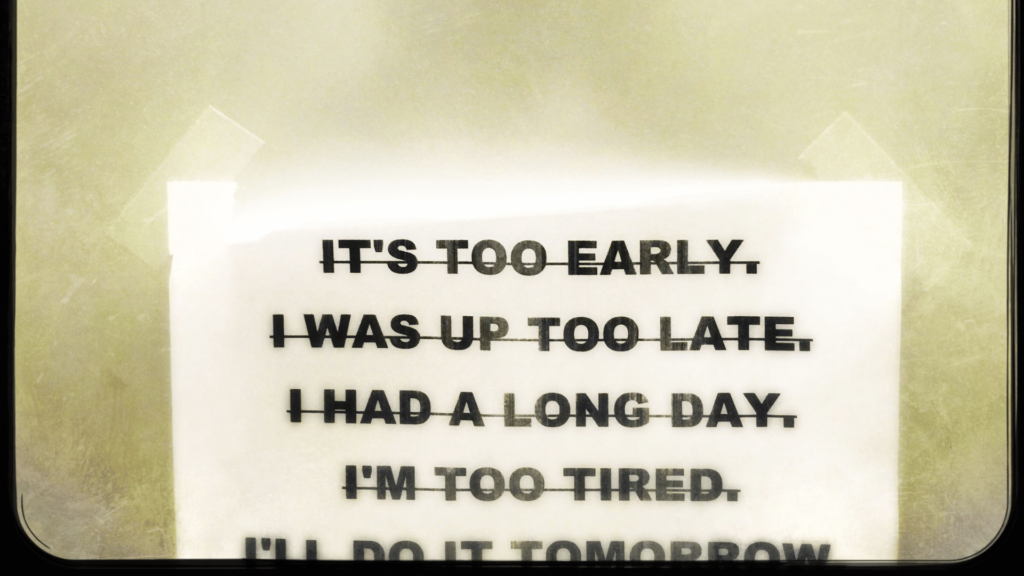There is no need to lie, we all do it from time to time. Right when you are about to start writing that pending email, you suddenly find yourself reading a bad review of the restaurant your friends booked for next Saturday or watching an Instagram reel of “what J Lo eats for breakfast”. By your twentieth stroll on Amazon, it’s already lunch time and that infamous email hasn’t left your bay yet. You knew you had to do that simple task, but you didn’t so you begin to feel a certain sense of guilt that unfortunately won’t change the fact your email won’t be sent, not even tomorrow.
Procrastination is a very common practice and from what we know it “just happens” and lies behind lies such as “I didn’t have time”, “I had other things to do” o “I forgot”. Nothing to worry about if it’s just a sporadic reaction or if the email we’re talking about is addressed to the producer of your favourite cereal that instead of putting two spoons of raisins in the bag, just put one. In case answers like those keep on going for a while and for most of the daily tasks, then it’s very likely we have a serial procrastinator, someone you should not trust, even if it’s you.
Portrait of a procrastinator
The one question that makes a difference when talking about apparently nonsensical human behaviour is: why is this happening? I knew very well I had to write a work email, I didn’t do it and I can’t say why, I just know I didn’t accomplish what I planned. When we procrastinate we still have our goal in mind but no executive action takes place. Instead, our brain turns the spotlight onto other types of actions available which even if they don’t bring any result, distract us and relieve stress. Anxiety and fear can be the trigger to postponing tasks: we wait consciously, and we feel guilty only to feel additional anxiety. In other words, we create a vicious circle which is hard to break.
In order to explain the tendency of a procrastinator, Tim Urban, founder of Wait But Why, uses the Eisenhower Matrix:

According to Urban not all procrastinators behave the same way: some do useless things like strolling on Youtube watching panda bears falling, and there are some who do more useful things like dusting the house, however without actually focusing on what’s really important to them. While people normally move between quadrants 1 and 2, pure-breed procrastinators only swing between quadrants 3 and 4: dusting the house with no meaningful goal (4) or watching cute, yet not important, panda bears rolling down a hill. The only change happens when panic takes over and a quick leap onto quadrant 1 is made, before falling back on the ground floor.
Perfectionist VS Lazy
There might be endless reasons that lead to procrastination, however, there are a few common causes. We already acknowledged fear is a key emotion and while looking at the big picture, the fear of failure and responsibilities can lead to constant postponing. Having too many things to do and little time to do them is ironically a very good reason to go on standby mode. Bad time management is another key element in the procrastinator’s brain: our society rewards efficiency and productivity, so to avoid pressure we postpone an urgent task in spite of something more pleasant to do. Last but not least, we find perfectionists. A perfectionist procrastinator is that friend from university whose nose is on a book 24/7 but still, they won’t attend the exam because they don’t feel prepared enough.
Whether you are a perfectionist or a lazy human being who declared war to the hoover, one question you should consider asking yourselves is: are my goals realistic? Sometimes the lack of control over a goal can crash self-esteem and generate useless procrastination.

Techniques to avoid saying “I’ll do it later”
No worries, there is hope for everyone. Even the worst procrastinator can take control at some point. The trick is to face your fears by taking baby steps; plan micro-goals before going bigger and stop regularly to see if you’re going in the right direction. Whatever your goal is you will have to spot priority tasks and non-priority tasks and choose accordingly without reaching for the sky. To manage your daily tasks make sure to write down checklists: you will find great satisfaction in drawing a line on a finished task. Moreover, thanks to modern interactive digital calendars all of this can be easily done with notifications and reminders on your pc or smartphone.
In conclusion, if the procrastinator inside of you is aware some help is needed, then you already took action to get close to the solution. In any case, in order to save ourselves from extremism, remember we cannot be always 100%-performing; taking a break from time to time can be revitalising.

